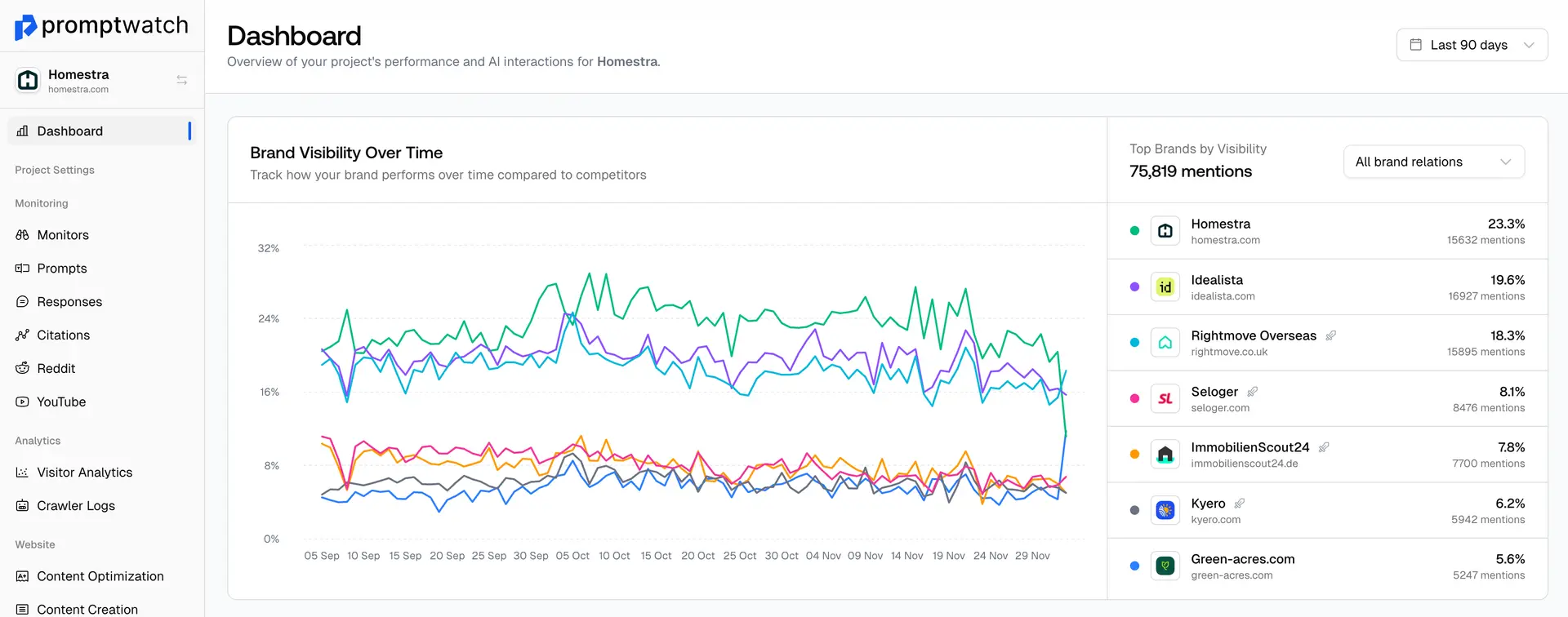Definition
Prompt Injection is a security vulnerability that occurs when malicious users embed harmful instructions or commands within user prompts to manipulate AI system behavior in unintended ways. This attack vector exploits the way large language models process and respond to text inputs, potentially causing them to ignore safety guidelines, reveal sensitive information, or perform unauthorized actions.
Prompt injection attacks can take various forms including direct injection where malicious commands are embedded directly in user input, indirect injection where harmful instructions are hidden in external content that the AI processes, and jailbreaking attempts that try to bypass AI safety measures and content policies.
For businesses using AI systems, prompt injection poses significant risks including data leakage and privacy breaches, unauthorized access to system functions, manipulation of AI responses for malicious purposes, brand reputation damage from inappropriate AI behavior, and potential legal and compliance issues.
Common prompt injection techniques include instruction override attempts, role-playing scenarios to bypass restrictions, context manipulation to confuse AI systems, and social engineering tactics disguised as legitimate requests. Attackers may try to make AI systems ignore previous instructions, reveal training data, or behave in ways that violate usage policies.
Protecting against prompt injection requires implementing input validation and sanitization, establishing clear boundaries between user input and system instructions, monitoring AI outputs for suspicious behavior, implementing rate limiting and abuse detection, training AI models with adversarial examples, and maintaining robust logging and auditing systems.
For GEO and AI optimization professionals, understanding prompt injection is important for creating secure AI interactions and ensuring that content optimization efforts don't inadvertently create vulnerabilities in AI systems.
Examples of Prompt Injection
- An attacker trying to make ChatGPT ignore its safety guidelines by embedding override commands in a seemingly innocent question
- Malicious users attempting to extract training data by crafting prompts that trick AI systems into revealing sensitive information
- Hackers using indirect injection through external content to manipulate AI-powered customer service systems
